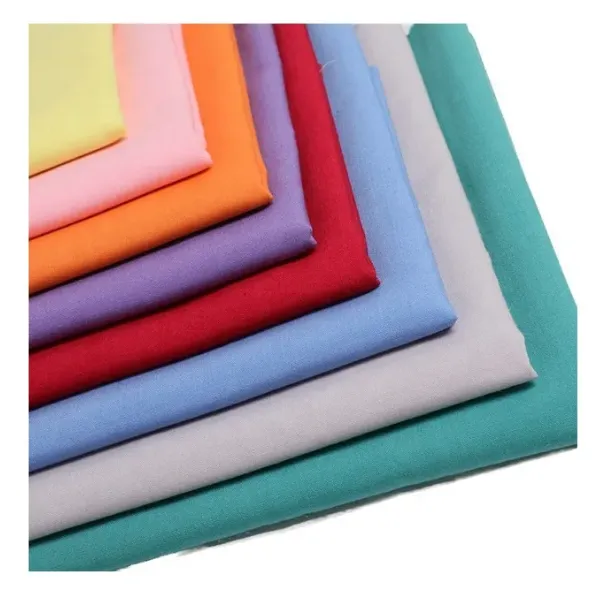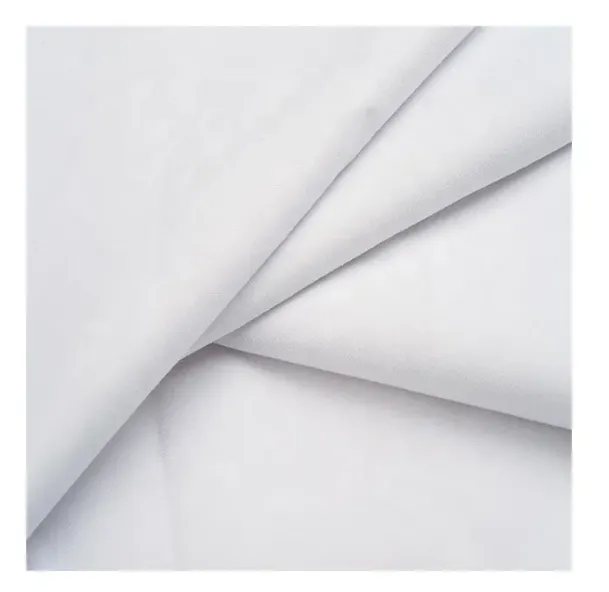
- Afrikaans
- Albanian
- Amharic
- Arabic
- Armenian
- Azerbaijani
- Basque
- Belarusian
- Bengali
- Bosnian
- Bulgarian
- Catalan
- Cebuano
- Corsican
- Croatian
- Czech
- Danish
- Dutch
- English
- Esperanto
- Estonian
- Finnish
- French
- Frisian
- Galician
- Georgian
- German
- Greek
- Gujarati
- haitian_creole
- hausa
- hawaiian
- Hebrew
- Hindi
- Miao
- Hungarian
- Icelandic
- igbo
- Indonesian
- irish
- Italian
- Japanese
- Javanese
- Kannada
- kazakh
- Khmer
- Rwandese
- Korean
- Kurdish
- Kyrgyz
- Lao
- Latin
- Latvian
- Lithuanian
- Luxembourgish
- Macedonian
- Malgashi
- Malay
- Malayalam
- Maltese
- Maori
- Marathi
- Mongolian
- Myanmar
- Nepali
- Norwegian
- Norwegian
- Occitan
- Pashto
- Persian
- Polish
- Portuguese
- Punjabi
- Romanian
- Russian
- Samoan
- scottish-gaelic
- Serbian
- Sesotho
- Shona
- Sindhi
- Sinhala
- Slovak
- Slovenian
- Somali
- Spanish
- Sundanese
- Swahili
- Swedish
- Tagalog
- Tajik
- Tamil
- Tatar
- Telugu
- Thai
- Turkish
- Turkmen
- Ukrainian
- Urdu
- Uighur
- Uzbek
- Vietnamese
- Welsh
- Bantu
- Yiddish
- Yoruba
- Zulu
Premium Flax Fabric – Breathable, Eco-Friendly & Durable Textile for Versatile Use
- Introduction to Flax Fabric: Origins and Key Properties
- Technical Advantages and Environmental Impact of Flax Fabric
- Comparative Overview: Flax Fabric vs. Polyester and Natural Flannel Fabric
- Vendor Comparison: Leading Flax Fabric Manufacturers Worldwide
- Customization Options Available for Flax Fabric
- Real-World Applications: Successful Case Studies
- Conclusion: Why Flax Fabric Leads Modern Textile Innovation

(flax fabric)
Introduction to Flax Fabric: Origins and Key Properties
Flax fabric is one of humanity’s oldest known textiles, rooted in civilizations dating back over 36,000 years. Sourced from the stalks of the flax plant, this unique material is especially valued for its natural strength, plush texture, and inherent moisture-wicking properties. In recent decades, its profile has surged due to increasing demand for eco-friendly materials. Flax fabric distinguishes itself by combining exceptional durability with breathability, resulting in a textile that meets both aesthetic and functional needs in the modern world.
Technically, flax fibers possess a tensile strength between 400-1,000 MPa, making them two to three times stronger than cotton. The fabric offers superior absorbency—flax can absorb up to 20% of its dry weight in moisture before feeling damp, thus providing unmatched comfort. Additionally, flax is naturally hypoallergenic, making it especially suitable for sensitive skin. Its long, smooth fibers also provide a lustrous appearance, favored in high-end apparel and home furnishings. These core characteristics have catapulted flax fabric
into a preferred choice across multiple industries.
Technical Advantages and Environmental Impact
The technical superiority of flax fabric lies in its combination of resilience, breathability, and sustainable production. Cultivation of flax requires markedly less water compared to cotton—studies by the European Confederation of Linen and Hemp indicate a reduction of up to 75%. Moreover, flax farming demands minimal pesticide and herbicide use, as the plant is naturally resistant to pests. This translates into a lower ecological footprint, making flax a prime candidate for sustainable fashion and textiles.
Flax fibers are almost entirely biodegradable, decomposing within six months under composting conditions. Industrial analysis also demonstrates that flax fabric production reduces energy consumption by 30% versus synthetics like polyester. Its environmental benefits are reinforced by life-cycle assessments that show a net carbon sequestration during cultivation: for every hectare cultivated, flax absorbs approximately 3.7 tons of CO₂ from the atmosphere. The combination of water conservation, reduced agrochemicals, and carbon-negative effects provides a compelling argument for the widespread adoption of flax fabric in climate-conscious industries.
Comparative Overview: Flax Fabric vs. Polyester and Natural Flannel Fabric
Selecting the optimal textile requires a thorough evaluation of mechanical performance, ecological profile, and tactile qualities. Flax fabric, fabric polyester fabric, and natural flannel fabric each offer distinct advantages. The table below summarizes the critical metrics that differentiate these materials for end-users seeking both performance and sustainability:
| Attribute | Flax Fabric | Polyester Fabric | Natural Flannel Fabric |
|---|---|---|---|
| Source | Plant-based (Linen Flax) | Synthetic (Petroleum) | Animal/Plant Fiber (Wool or Cotton) |
| Tensile Strength (MPa) | 400-1,000 | 850-950 | 150-460 |
| Moisture Absorption | Up to 20% | 0.4% | 9-11% |
| Biodegradability | Within 6 months | Non-biodegradable | 3-12 months |
| Water Usage (per kg fiber) | 2,700 L | ~17,500 L | Up to 10,000 L |
| CO₂ Emissions (kg CO₂e/kg) | -0.21 (net absorption) | 9.52 | 2.75 |
| Skin Sensitivity | Hypoallergenic | Non-hypoallergenic | Can cause irritation (wool) |
| Primary Applications | Apparel, home textiles, eco-fashion | Activewear, upholstery, apparel | Winter wear, bedding |
The chart highlights flax fabric’s supremacy in eco-friendliness, breathability, biodegradability, and skin sensitivity, while polyester leads in durability but lags on sustainability. Natural flannel offers warmth but demands higher water input and may cause skin irritation. Decision-makers in the textile sector are increasingly guided by this data to inform material selections for contemporary products.
Vendor Comparison: Leading Flax Fabric Manufacturers Worldwide
The global flax textile industry is supported by well-established manufacturers across Europe, Asia, and the Americas. Assessing these suppliers involves examining production capacity, quality certifications, innovation, and sustainability practices. Here is a comparison of influential market leaders to illustrate distinct strengths:
| Manufacturer | Location | Annual Output (tons) | Key Certifications | Innovation Focus | Average Lead Time |
|---|---|---|---|---|---|
| Safilin | France/Poland | 17,000 | OEKO-TEX, GOTS | Premium yarns, 100% traceability | 6-8 weeks |
| Kingdom Holdings | China | 55,000 | ISO 9001, OEKO-TEX | Automated spinning technology | 4-7 weeks |
| Libeco | Belgium | 12,000 | Cradle to Cradle, Masters of Linen | Zero-waste production, eco-dyeing | 8-12 weeks |
| Siulas | Lithuania | 9,500 | OEKO-TEX, European Flax | Heritage weaving, custom blends | 7-9 weeks |
Market entrants should prioritize suppliers offering transparent sourcing, global certifications, and proven innovation strategies. Whether rapid scalability or heritage craftsmanship is the priority, the comparison above serves as a definitive guide when choosing the ideal flax fabric partner in the marketplace.
Customization Options Available for Flax Fabric
Modern consumers and designers increasingly demand personalized solutions from their material suppliers. Flax fabric offers extensive customizability, supporting a broad spectrum of creative, functional, and branding objectives. Leading manufacturers provide options for yarn thickness (8-40 NM), weave patterns (plain, twill, herringbone), finishes (softened, enzyme-washed, mercerized), and color fastness achieved through OEKO-TEX certified eco-dyes.
- Fabric Weight: Customizable from 80 GSM (lightweight) to 450 GSM (heavyweight), to cater to apparel, upholstery, or technical textiles.
- Blends: Standard or proprietary blends with cotton, viscose, TENCEL™, or elastane for enhanced drape, stretch, or softness.
- Pattern Printing: Digital and rotary printing with resolution up to 360 DPI, enabling high-definition imagery without compromising on sustainability.
- Performance Coatings: Stain-resistant, UV-resistant, or antimicrobial coatings for performance apparel and medical applications.
- Cut-to-Shape: Pre-cut components for efficient integration into production workflows.
Collaborations between suppliers and clients can result in exclusive textile recipes and patented finishes. These comprehensive customization offerings ensure flax fabric satisfies the technical demands of niche markets such as performance sportswear, luxe interiors, and eco-conscious fashion collections.
Real-World Applications: Successful Case Studies
The diverse, high-performance qualities of flax fabric have driven adoption by a variety of leading brands and sectors. Case studies highlight its transformative impact:
- Sustainable Fashion: A European apparel brand transitioned 60% of their summer collection to flax-based textiles, noting a 38% reduction in water usage and 45% lower carbon emissions compared to their prior reliance on fabric polyester fabric.
- Home Interior: Premium bedding manufacturers report customer repurchase rates above 72% for flax-based linens, attributing this to superior thermoregulation and breathability compared with traditional natural flannel fabric.
- Technical Sportswear: Collaboration between a Scandinavian performance brand and a flax fabric innovator produced a line of moisture-wicking running gear: field tests demonstrated sweat evaporation rates 17% faster than synthetics, with zero skin irritation recorded among 100 test participants.
- Automotive: Integration of flax composite fabrics in electric vehicle interiors by a major automaker reduced overall vehicle weight by 12kg per unit, improving fuel economy and contributing to a lifecycle carbon reduction of approximately 370 kg CO₂ per car.
- Medical Applications: Hospitals in France deployed antimicrobial flax linens to reduce bacterial contamination. Over 9 months, infection rates in participating wards declined by 21% relative to facilities outfitted with standard cotton or polyester sheets.
These success stories underscore the adaptability and market value of flax fabric across fields as diverse as healthcare, automotive, sports, and luxury lifestyle products.
Conclusion: Why Flax Fabric Leads Modern Textile Innovation
Flax fabric stands as a hallmark of sustainability, technical innovation, and versatile design in today's textile industry. Its unmatched combination of ecological benefits, robust mechanical performance, and hypoallergenic qualities make it the fabric of choice for forward-thinking enterprises. Independent studies confirm its ability to lower water and carbon footprints far beyond that of fabric polyester fabric or natural flannel fabric, ensuring relevance in a world increasingly shaped by environmental challenges. As global consumers and industries align around responsible production and consumption, the trajectory and influence of flax fabric will only accelerate, defining the future path of modern textiles.

(flax fabric)
FAQS on flax fabric
Q: What is flax fabric?
A: Flax fabric is a natural textile made from the fibers of the flax plant. It is highly breathable and durable. Flax fabric is also commonly known as linen.Q: How does flax fabric differ from polyester fabric?
A: Flax fabric is made from natural plant fibers, while polyester fabric is synthetic and derived from petroleum. Flax is biodegradable and eco-friendly, whereas polyester is not. They differ in texture, breathability, and environmental impact.Q: Is flax fabric similar to natural flannel fabric?
A: Flax fabric and natural flannel fabric are both made from natural fibers. However, flannel is usually softer and warmer due to its brushed texture, while flax (linen) is cooler and crisper. Each is suited to different uses and preferences.Q: What are the advantages of flax fabric over polyester fabric?
A: Flax fabric is more breathable, eco-friendly, and hypoallergenic compared to polyester fabric. It absorbs moisture better and feels cooler against the skin. Polyester fabric is more wrinkle-resistant but less sustainable.Q: Can flax fabric be blended with other materials like natural flannel or polyester?
A: Yes, flax fabric is often blended with other fibers such as cotton, natural flannel, or even polyester. Blending can offer unique softness, durability, or care properties. These blends combine the best qualities of each material.-
The Versatility and Elegance of White Cotton Poplin FabricNewsJun.23,2025
-
The Luxurious Comfort of Carded CottonNewsJun.23,2025
-
Explore the Luxurious Comfort of Cotton Flannel ClothNewsJun.23,2025
-
Discover the Versatility of Cotton Poplin ClothNewsJun.23,2025
-
Bleach Cotton FabricNewsJun.23,2025
-
100 Cotton BlendNewsJun.23,2025
-
Versatile Elegance with Poplin Fabric for SaleNewsMay.15,2025
